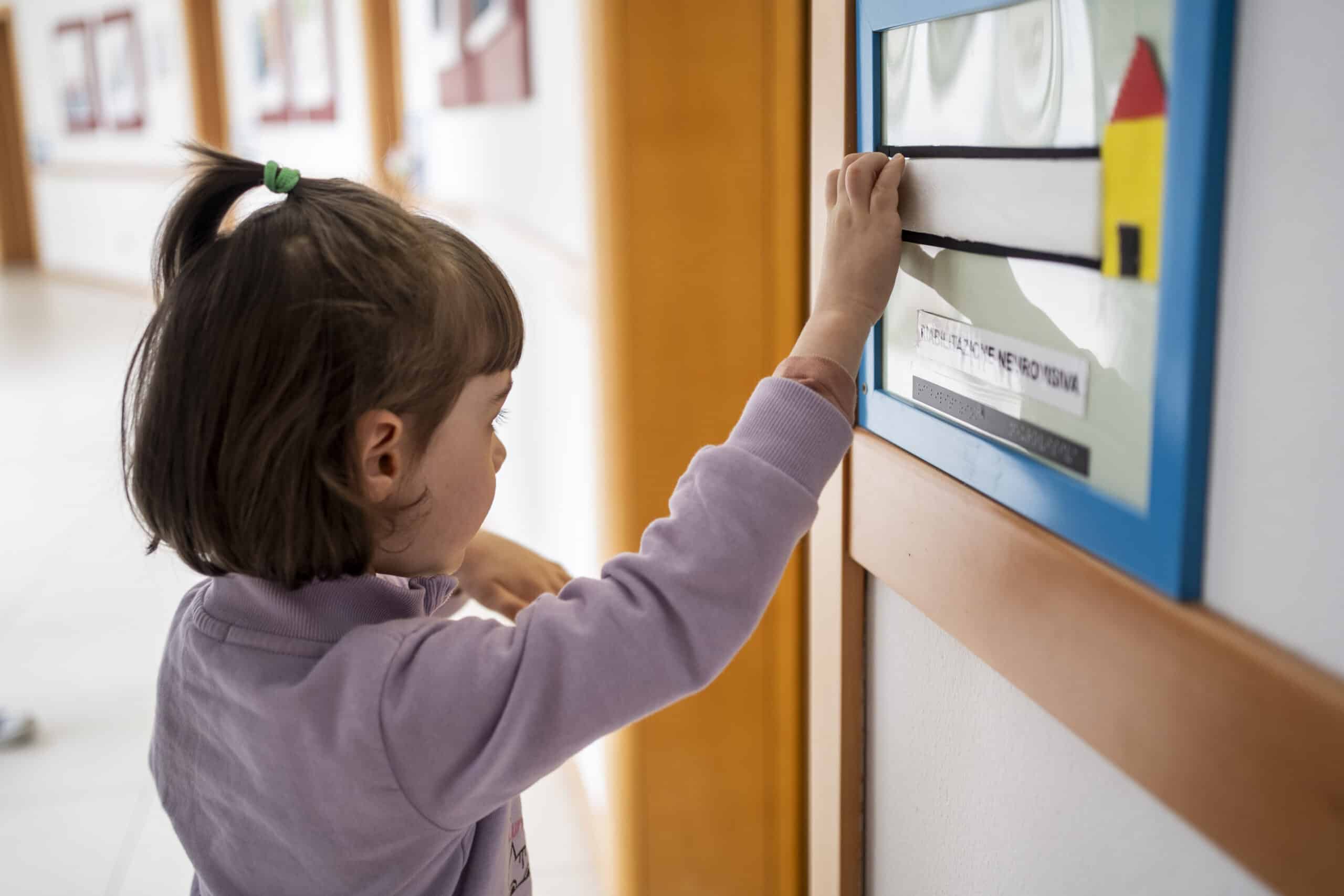The rehabilitation pathway aims to strengthen the child’s functional use of his or her visual skills at different developmental stages. It involves observation of the child’s neurovisual and visuomotor skills by professionals to delineate a functional sensory profile and implement an age-specific, targeted pathway toward greater awareness of the child’s visual potential.
Habilitative activities dedicated to visual sense development are offered in a facilitative sensory and perceptual environment. Also, at school age, necessary visual facilitation (e.g., adaptations of school texts, use of optical aids and workstations, adjustment of educational pathways…) is researched and experimented with through shared work with typhlologists and teachers.
